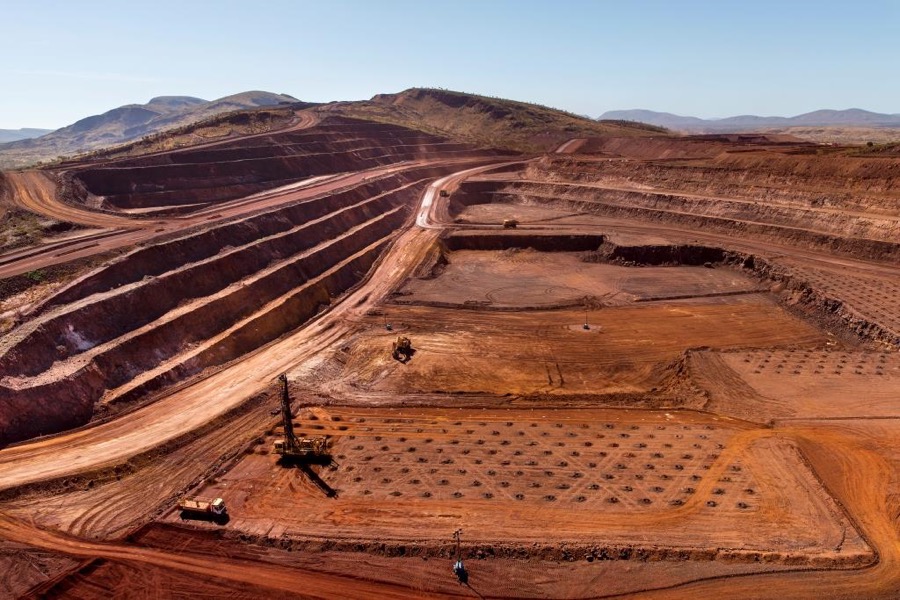
Shares in all major iron ore producers were getting hammered Friday as prices for the steelmaking material plunged by almost 7% overnight, erasing all of this year’s gains and placing the commodity in a bear market.
Ore with 62% content in Qingdao dropped 6.8% to $75.45 a tonne, which means seaborne has declined more than 20% since its Feb. 21 peak, according to the Metal Bulletin. Earlier in Asia, futures in Dalian fell 6.2% to the lowest close in five months as steel tanked.
Iron ore prices are now down 3.1% so far this year.
After a 85% rise in 2016, iron ore prices are now down 3.1% so far this year, which highlights the volatility of the market.
Brazil’s Vale (NYSE:VALE), the world’s No.1 producer, was down 2.29% in pre-market trading in New York to $8.95. Rio Tinto (ASX, LON:RIO), the second largest iron ore miner, closed 1.10% down in Sydney to A$60, and had already shed 1.77% in London at 2pm local time. Meanwhile, number three BHP Billiton (ASX, NYSE: BHP) (LON:BLT) closed slightly down in Sydney (-0.32%) to A$24.59, and was trading 0.94% lower in London to 1,262.50 p early afternoon and -1.02% l in pre-market in New York.
Fortescue Metals Group (ASX:FMG), the world’s fourth largest miner of the steelmaking ingredient, was one of the biggest losers of the session, closing 3.02% down to A$6.11
Some believe the current drop in prices has its roots in mounting inventory at Chinese ports, currently sitting at the highest levels since 2004.
Others blame an ongoing glut that has worsened due to that fresh supply coming from recently opened mines, for the weaker prices.
Today’s drastic descend followed a new quarterly report from Australia’s Department of Industry, Innovation and Science predicting average iron ore prices in China may drop to $65 a tonne this year before falling even further to $51, “weighed down by the combined impact of ongoing growth in low-cost supply and soft demand.”
“Growing supply, primarily from Australia and Brazil, is expected to steadily outpace demand growth over the rest of 2017. As a result, the price is projected to decline,” the authority said. “Current price levels are unlikely to be sustained beyond the short term,” it said.
Today’s price slump also coincides with a general drop in base metal prices and a surge in gold after the US launched 59 Tomahawk cruise missiles against Syria, boosting demand for safe havens but hurting risk assets.
Comments
Restless Boomers
The recent sinking of the 260,000 ton ore carrier off the coast of Brazil apparently wasn’t enough to bring supply in line with demand.